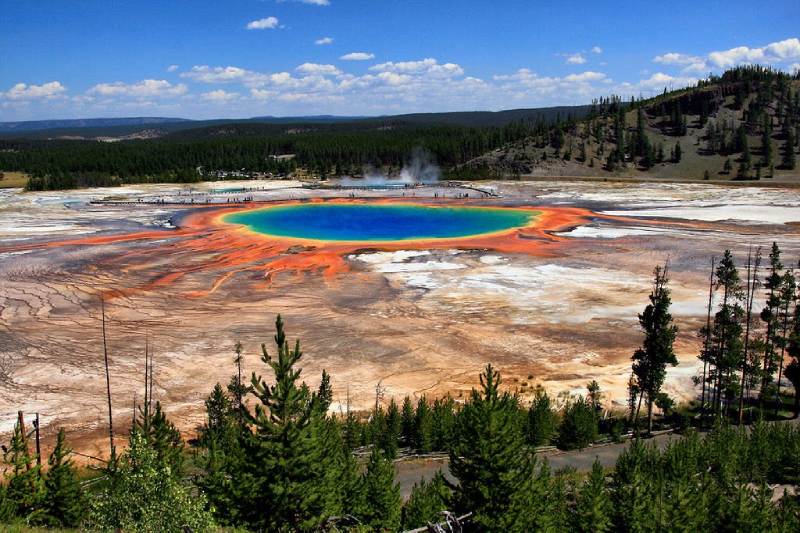Could the enigmatic beginnings of life on Earth be revealed by ancient hot springs? Scientists at Newcastle University are counting on that. Their most recent study investigates how, more than 3.5 billion years ago, non-living geological components gave rise to the first life entities.
The formation of organic compounds, such as long-chain fatty acids, which are essential parts of early cell membranes, is the subject of the team’s research. These results provide a probable genesis for the organic molecules necessary for the development of early cell membranes, and they may explain a crucial stage in the creation of life on Earth billions of years ago.
Long, organic molecules called fatty acids naturally create cell-like compartments in water due to their regions that both repel and attract water. It is thought that these molecules played a key role in the development of the earliest cell membranes. But it was still unclear where these fatty acids came from in the beginning of life. According to Newcastle University researchers, these compounds might have developed in hydrothermal vents, which are generated when carbon dioxide-rich seawater combines with hydrogen-rich fluids from underwater vents.
The scientists discovered that the creation of these essential molecules resulted from combining hydrogen, bicarbonate, and iron-rich magnetite in a moderate hydrothermal vent-like environment, simulating the oceanic conditions of early Earth in their lab.
“Central to life’s inception are cellular compartments, crucial for isolating internal chemistry from the external environment. These compartments were instrumental in fostering life-sustaining reactions by concentrating chemicals and facilitating energy production, potentially serving as the cornerstone of life’s earliest moments,” says study lead author Dr. Graham Purvis, a postdoctoral research associate at Durham University, in a university release.
According to the study, the synthesis of early cell membranes may have been accelerated by the interaction of bicarbonate-rich waters on iron-based minerals with hydrogen-rich fluids from alkaline hydrothermal vents. Many membrane types might have been produced by this process, some of which could have served as the birthplace of life as we know it.
“We think that this research may provide the first step in how life originated on our planet,” says study principal investigator Dr. Jon Telling, reader in biogeochemistry at Newcastle University’s School of Natural Environmental Sciences, in a university release. “Research in our laboratory now continues on determining the second key step; how these organic molecules which are initially ‘stuck’ to the mineral surfaces can lift off to form spherical membrane-bounded cell-like compartments; the first potential ‘protocells’ that went on to form the first cellular life.”
Curiously, the finding also raises the idea that comparable membrane-forming processes may still be taking place in the oceans under our solar system’s moons’ frozen surfaces, raising the prospect of life’s beginnings on these far-off worlds.
This research opens up new possibilities for comprehending the possibility of life elsewhere in the universe in addition to offering insights into the origins of life on Earth.
Topics #Birthplace #Hot Spring #research










